What Is Amazon FBA?
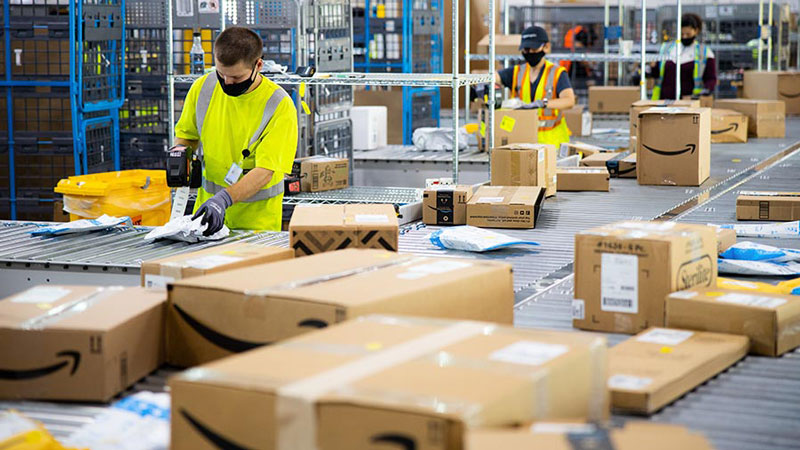
If you want Amazon to store your inventory in Amazon’s warehouses, pick, pack and ship the items when an order is placed, then you need to use Fulfillment by Amazon or Amazon FBA business. By using Fulfillment by Amazon, you don’t need to deal with shipping and packing and usually, the items are sent to Amazon’s warehouses from your provider.
“FBA, or Fulfillment By Amazon, is a service provided by the platform to help sellers outsource the whole process of their order fulfillment to Amazon”
- Using Amazon Prime
Over 200 million Prime customers will be more eager to buy from Amazon Prime Sellers to use Prime benefits.
Pros of FBA
- Easy Shipping And Storing Inventory
- Cheap Shipping And Logistic
Using Fulfillment by Amazon means that you are using a large network of warehouses and shipping facilities. So, the fees for the picking, packing, and shipping of your items, especially on small and lightweight products, are less than what you would pay if you choose FBM and buy suitable boxes, labels and ship them using different post services. The costs depend on the size and type of your item. For more details click here.
- Using Amazon Prime
- Winning the Buy Box
- Return, Refund, And Customer Service Management
- Seller Metrics
Since Amazon manages the entire process, any negative feedback or late delivery issues are usually deleted or not counted against your account. These problems are considered part of Amazon’s FBA operations, so sellers don’t need to worry about penalties related to fulfillment errors.
What Is Amazon FBM?

In the Fulfillment by Merchant program, Amazon seller (or another third party that is not Amazon) is responsible for storing, packing, and shipping the items. Also, Amazon sellers should manage returns, refunds, and customer service. All the services that are provided by the seller should meet Amazon’s standards.
Pros & Cons of FBM
Pros of FBM
- Branding Freedom
With FBM, you have the freedom to use custom packaging, add brand notes, or include marketing inserts, which helps you create a stronger and more personal brand experience for your customers.
Cons of FBM
- Full Responsibility
However, as an FBM seller, you are fully responsible for all inquiries, returns, and shipments. If you don’t handle these processes carefully and professionally, you may receive negative feedback, which has a bad impact on your seller rating and sales performance.
|
Aspect |
FBA |
FBM |
|
Prime Shipping |
Automatically Prime-eligible, offering 1–2 day delivery. |
Not Prime by default |
|
Handles Shipping and Returns |
Amazon |
Seller |
|
Upfront / Storage Costs |
Pay Amazon storage fees, higher in Q4, plus long-term surcharges for aged stock. |
own warehouse or storage costs |
|
Shipping Costs |
FBA fees |
retail or negotiated shipping rates directly to carriers |
|
Speed to Start Selling |
Slower |
Faster |
|
Buy Box Odds |
Higher |
Lower |
|
Customer Service |
Handled by Amazon 24/7 |
Handled by Seller |
|
Ideal For |
Small/medium fast-moving products |
Large, heavy, or niche products |
How Much Does FBA Cost?
Fees depend on what you are selling, the size of the items, and the time. Generally, small items are most cost-effective than heavy and bulky items. Also, the storage fees are increased during Q4 (from October to December). To check more details about Fulfillment by Amazon fees, click here.
For example, let’s say you are selling a phone case priced at $20.
In the FBA method, you’ll pay about $3 as the fulfillment fee in 2025, plus about $0.75 in monthly storage. In Q4, that storage fee would roughly double to $1.50 for the same item due to peak season rates.
In the FBM method, you’ll pay around $4 for shipping and postage, plus some cost for packaging materials.
When you calculate the net profit between these two methods, you’ll see that in FBA, your estimated profit might be around $12 after all fees, however, in FBM, since you avoid Amazon’s fulfillment fees, your estimated profit could be around $14.
Now imagine you’re selling an oversized product, like furniture priced at $100.
In the FBA method, you’ll have to pay a fulfillment fee of about $20, plus higher storage costs for large items. As you know Amazon’s storage fees are higher in Q4, and an aged inventory surcharge applies to items stored long time, for example over 271 days. But with the FBM method, you’d only need to pay around $15–$20 for shipping, depending on distance and carrier rates.So, for large and heavy products, FBM is usually more profitable and offers a better margin compared to FBA.
To calculate these accurately, you can use Amazon’s FBA Revenue Calculator. For this, you’ll need the ASIN, product dimensions, price, and shipping cost. After entering this information, the tool will estimate the fees, so you can compare the results and see which method gives you better profit when fulfilling orders yourself.
What Is the Difference Between FBA and FBM?
What Is the Difference Between FBA and FBM?
To outline what we have discussed briefly we can say, Fulfillment by Amazon is hassle-free. You assign everything to Amazon and only focus on your business. But you have less control over your customer and inventory. You can take advantage of Amazon prime and a higher chance of winning Buy Box.
In Fulfillment by Merchant, you have full control over everything but you need to prepare your facilities to meet Amazon’s standards and refrain from the power of Amazon Prime.
Is FBA Better Than FBM?
In most situations, Fulfillment by Amazon is the better choice because it is a weight off your shoulders. Amazon will be responsible for storing, packing, return and refund processing, and customer service. You can only focus on improving your business while Amazon is doing the rest. In addition, usually, FBA is more cost-effective than what you should pay if you do it yourself. Qualifying for the Buy Box and using Prime shipping are other two important factors.
But if you are selling heavy and bulky items, you should notice FBA isn’t designed for that and it costs a lot for you. Now using Fulfillment by Merchant makes sense.
Can I Do FBA and FBM at the Same Time?
Definitely yes! If some of your customers don’t have Prime membership, FBM programs might attract them and you can encourage them to buy from you by offering them free shipping. Your FBA service can win the Prime customers too.
In addition, you can use another service as plan B. If you run out of the product on FBM and you get an order, you can send the item using your FBA account and vice versa.
How to Choose Between FBA and FBM?
If you are a beginner and want to choose between FBA and FBM, there are seven important factors that you should pay attention to. Based on these factors, you can decide which option works best for your business.
- Size and Weight
The first and most important factor is the size and weight of your products. In FBA, fulfillment fees for heavy or bulky items rise steeply because the fee structure is directly tied to a product’s dimensions and weight.
For example, large products like chairs have higher FBA fulfillment fees due to their size and shipping weight, which can reduce your profit margin. For this category, FBM or alternative logistics options are often more financially efficient.
- Inventory Turnover (IPI)
The next factor is inventory turnover and your Inventory Performance Index. If your products sell very slowly, your IPI falls below Amazon’s threshold and need Amazon to store your inventory for a long time, you might face higher storage costs or penalties or face limits on how much new stock you can send to FBA. For an item that sells less than 1 or 2 units per month, choosing FBM is usually better than FBA because it helps you avoid extra storage fees and performance limits.
- Logistics and Warehousing
If you already have your own infrastructure, enough storage space or a shipping and packaging team to handle orders, it’s often better to use FBM instead of FBA. In this case, you can manage your inventory and shipments directly without paying Amazon’s additional warehousing and handling fees.
- Fee Comparison
Be careful not to assume that one method is automatically cheaper than the other. You should calculate all the costs accurately before deciding. Use Amazon’s Revenue Calculator to enter your product price, weight, and shipping costs. By considering all hidden expenses like prep, storage, and shipping, you can pick the best method that fits your business model.
- Prime Requirement
One of the biggest advantages of FBA is that your products automatically get the Prime badge, which increases trust and sales. If your business depends on Prime visibility and fast delivery, FBA is a more suitable and beneficial option.
- Brand and Packaging Control
With FBM, you have full control over your brand and packaging. You can use your own boxes, like gifts or custom labels. In contrast, FBA doesn’t allow such customization since Amazon handles the packaging. So, if you want to build a strong brand identity, FBM is the better fulfillment choice.
- Customer Service and Metrics
Finally, consider who you want to handle customer service and returns. With FBA, Amazon takes care of shipping, refunds, and customer inquiries and its good for saving you time. However, with FBM, you are responsible for all customer support and return handling. This gives you more control but also takes more effort and time. Any mistake in shipping or communication can negatively impact your seller rating.
With the latest updates in 2025, if your items are small, lightweight, and fast-moving, and you also want automatic Prime eligibility without dealing with returns or logistics, FBA is the best choice. But if your products are heavy, bulky, or slow-moving, or you want to use your own brand packaging, already have a fulfillment setup, or prefer full control over customer experience, FBM is the better option. Finally, if you are a seller with varied product lines or want to scale up, use both FBA and FBM.
Customer Service, Returns, and Buyer Experience
One of the important factors between FBA and FBM is how each method handles customer service and returns.
With FBA, Amazon’s customer service team manages all communication, returns, and refund processes every day of the week, and in multiple languages. This means that buyers receive quick and professional support, and you don’t need to deal directly with complaints or inquiries. In contrast, with FBM, the seller is responsible for answer to customer messages, managing returns manually, and handling any disputes or issues that may arise. This requires more time and organization.
So, if return handling and customer satisfaction are critical to your business, FBA may be the better choice since it provides a more streamlined and worry-free experience.
|
Fee Type |
FBA |
FBM |
|
Fulfillment Fee |
Charged per unit, based on product size and weight |
No Amazon fulfillment fee |
|
Monthly Storage Fee |
Charged space used in Amazon warehouses |
cover your own warehouse or storage costs |
|
Aged Inventory Surcharge |
Applies to inventory stored over 181 days |
No surcharge |
|
Referral Fee |
~15% of the item’s sale price |
Same Amazon selling referral fee applies across both fulfillment types. |
|
Removal / Disposal Fee |
Yes |
Not applicable |
|
Prep / Labeling Fees |
You must follow Amazon’s prep and labeling standards |
No FBA labeling fee, but own packaging and shipping |
|
Return Processing Fee |
Yes |
yes |
|
Long-Term Storage Fee (Over 365 Days) |
Yes |
No |
|
Seasonal Cost Impact |
Storage and fulfillment costs increase during Q4 |
Costs depend on carrier rates and storage availability |
What sellers actually do
|
Metric / Insight |
2025 Data Point |
|
FBA vs. FBM Usage |
~82% of Amazon sellers use FBA, while only ~18% rely solely on FBM. |
|
Average Profit Margin (FBA) |
Successful FBA sellers typically net 15–25% profit margins, with an average of ~21% after all fees. |
|
Time to Profitability |
About 58% of new Amazon sellers report becoming profitable within their first year. |
|
Hybrid Adoption Trend |
The share of hybrid sellers (FBA + FBM) continues to grow, especially among experienced sellers managing multiple channels. |
Can I Do FBA and FBM at the Same Time?
Amazon offers the option to use both FBM and FBA methods for the same product under one ASIN. This is a very useful strategy because if your FBA stock runs out, your FBM listing will still be active. This option allowing you to continue selling the product and avoid losing sales, even without Prime shipping.
The best approach is to use FBA for small and fast-selling items, since it benefits from the Prime badge and faster delivery. When your FBA stock runs out, you can switch to FBM for that same product. On the other hand, you can list oversized products directly under the FBM method, as it usually offers better cost control for those categories.
Using a hybrid strategy that mixes both methods is also great for analyzing and testing which one performs better for each product, especially by monitoring profit margins and sales volume over time.
Avoid These Common Mistakes
Until this step, we talked about the pros, cons, and guides that help you choose the best fulfillment method. But here, we’ll focus on some common mistakes sellers make:
- Sending slow-selling products to FBA without a plan
- Ignoring Amazon inventory limits
- Relying on only one fulfillment method during peak season
- Neglecting shipping speed and customer service in FBM
- Ignoring the Buy Box dynamics
FBM + Seller-Fulfilled Prime (SFP) option
Another option is a mix of FBM plus Seller-Fulfilled Prime (SFP). SFP allows sellers to use FBM fulfillment while still having the Prime badge. Be careful, sellers must meet strict performance and shipping criteria to qualify and stay in the program. But how does SFP work?
In this method, you manage your own warehouse or use a third-party facility that you control. You handle picking, packaging, and shipping for Prime orders yourself. However, you must first complete a trial phase, during which Amazon assesses your speed, reliability, and delivery coverage to make sure your service meets Prime standards.
SFP works well for sellers who have a moderate size and mid-margin products and already have their own warehouse or logistics team. In this case, it’s a great choice because you don’t need to pay the higher FBA fees, and you can still maintain Prime visibility for your listings.
However, it is important to know that this method isn’t guaranteed to be suitable for every seller. You should carefully evaluate your business size, resources, and hidden costs before applying. Still, SFP is an excellent option combining the advantages of both FBA and FBM.
Final Thought
FBA and FBM are two programs offered by Amazon to help sellers manage their orders, either by handling them personally or assigning the process to Amazon.
First, use the Amazon Fulfillment Fee Calculator for your top products. Based on the results, you can decide whether FBA, FBM, or a hybrid model works best for your business. If you choose FBA, follow our detailed guides on how to optimize your listings and reduce fulfillment costs. On the other hand, if you prefer FBM, don’t worry, we also provide a full guide on how to manage shipping, returns, and customer service efficiently. For hybrid sellers, our depth resources can help you combine both methods smartly, reducing unnecessary fees and increasing your profit margins.


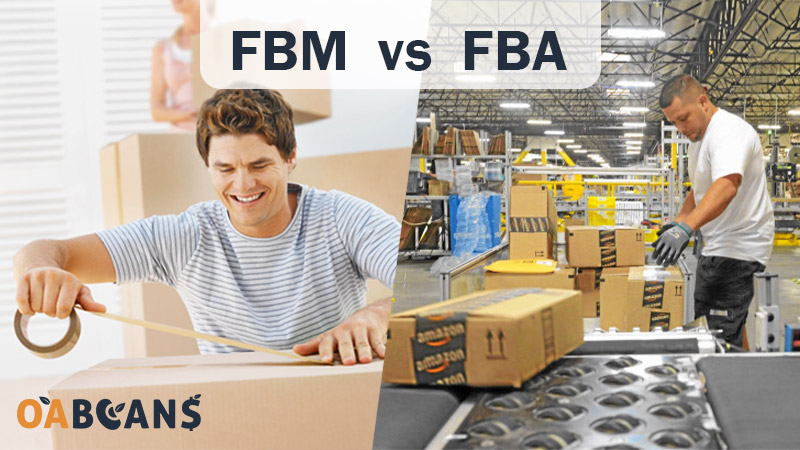
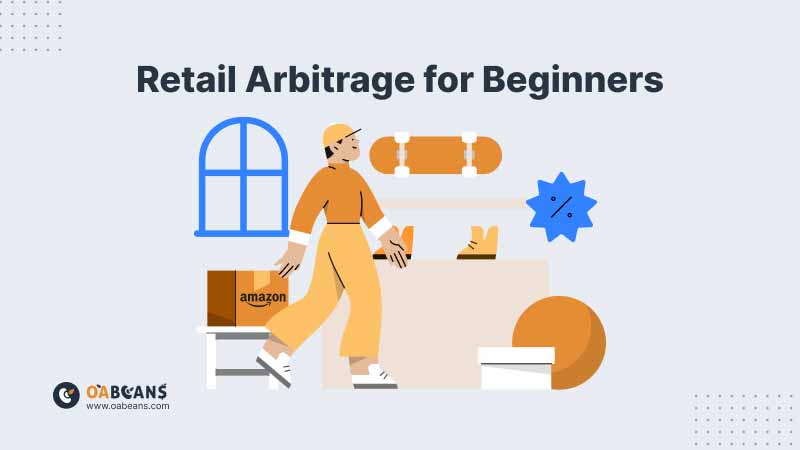
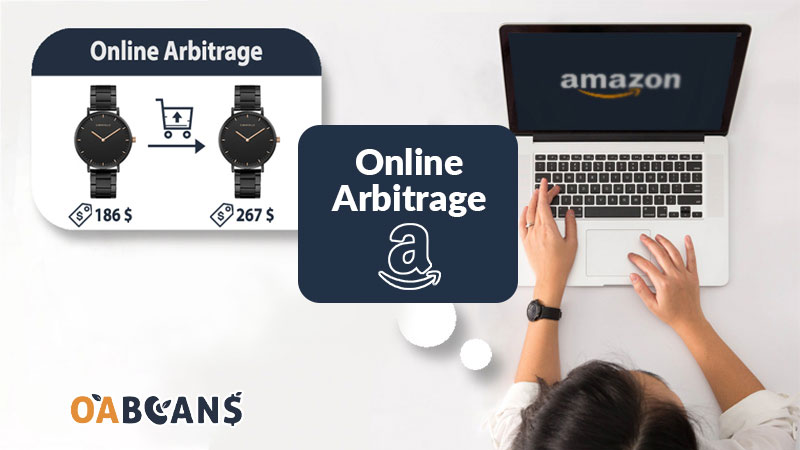
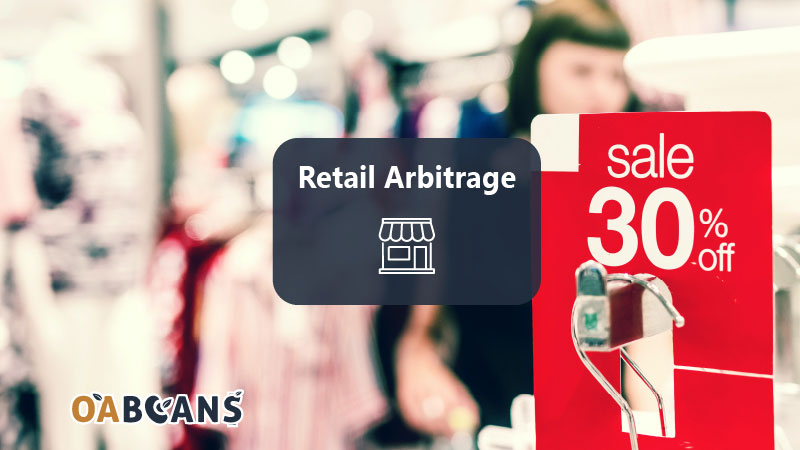
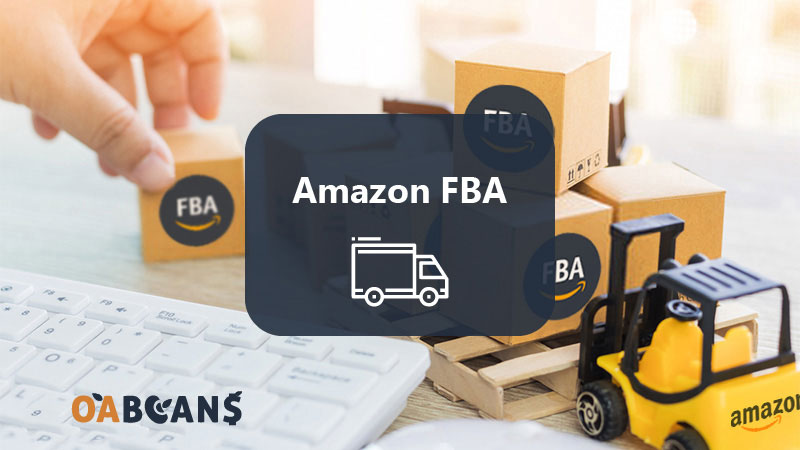

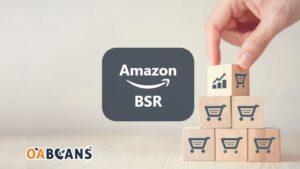
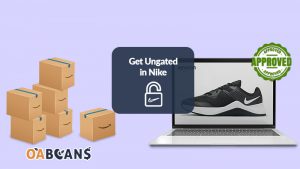
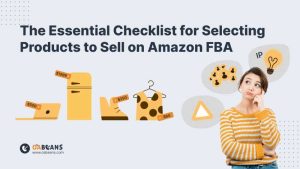
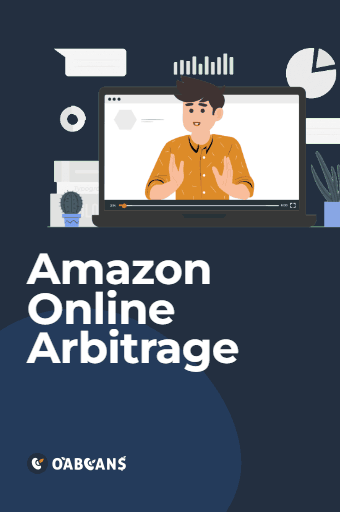
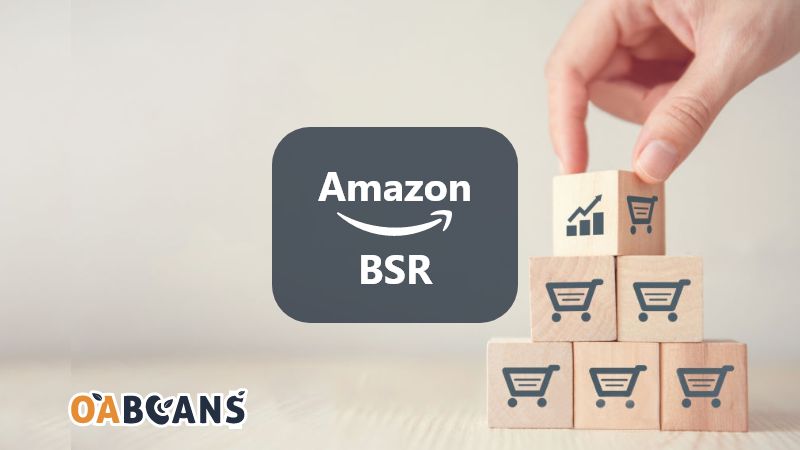
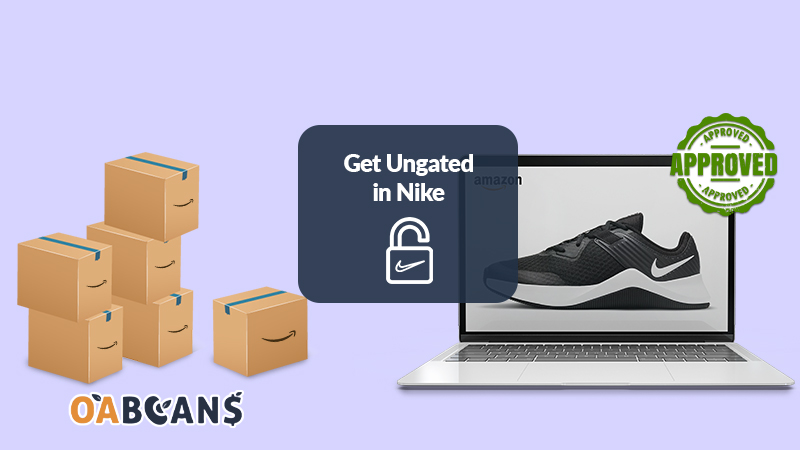
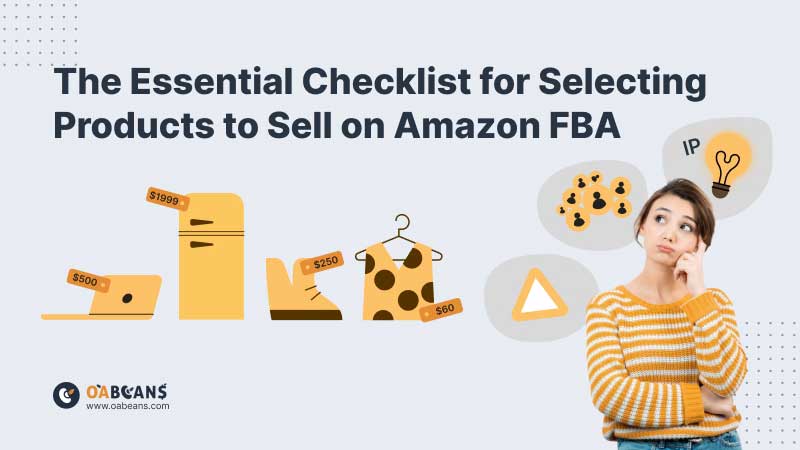


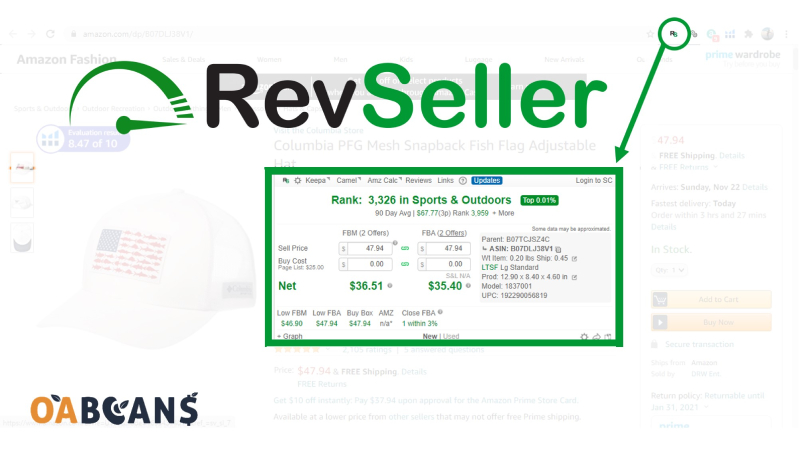




11 replies on “Amazon FBA vs FBM: Which One Is Better for You?”
The product comparisons tool on Amazon Marketplace helps me make an informed decision when choosing between different products.
I love the fast and reliable shipping options that are available on Amazon Marketplace – it really makes a difference!
Your site is a one-stop-shop for everything Amazon reselling. I don’t need to go anywhere else to learn about this business.
Amazon FBA can help you reduce administrative costs associated with order fulfillment.
I appreciate your website’s focus on how to make Amazon reselling a full-time career. Your insights into scaling your business and finding efficiencies have helped me set and achieve my business goals.
I feel like I have a whole new perspective on Amazon online arbitrage after reading this site.
Amazon online arbitrage allows me to tap into different product categories and explore new niches. It keeps the business exciting and diverse.
Reselling on Amazon allows you to leverage the trusted Amazon brand and reputation, giving your products instant credibility and attracting more buyers.
By reselling on Amazon, you can benefit from the convenience of online selling without the need to handle warehousing and fulfillment logistics.
Reselling on Amazon is a scalable business model that allows you to start small and gradually expand your inventory and sales.
Reselling on Amazon provides a secure and trusted platform for both sellers and buyers, ensuring safe transactions and protecting against fraud.